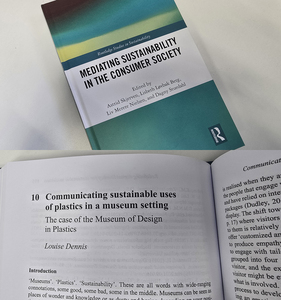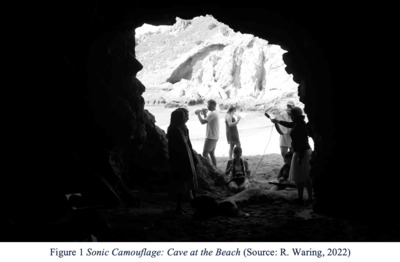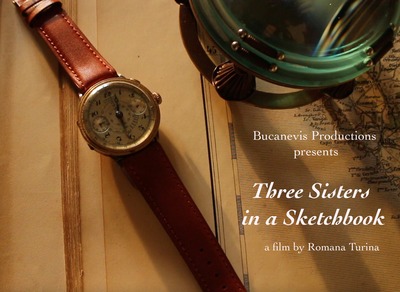This research explores how blind and visually impaired (VI) people can engage with e-textiles in creative and tactile ways, by making interactive e-textile art pieces to tell their own stories. Touch, gestures used to interact with textiles and e-textiles, and association of meaning with objects are central concerns of the work, in the context of how different materials can evoke and be used in self-expression. The research focuses on how VI participants can design and make their own e-textile objects, bringing in ideas of empowerment and agency, and drawing attention to what characterises an effective ‘participatory making’ environment.
Three studies are reported. The first study observed practices at two schools for blind and VI children/young people to establish how ‘objects of reference’ are used within the classroom environment, and what other sensory stimulation is important. The second study involved two series of hands-on e- textile making workshops, at a charity for VI people, and at a contemporary art gallery, to explore how visually impaired participants can design and make personal e-textile objects. The third, a laboratory study, investigated what associations and gestures visually impaired participants used with e-textile sensors that had different textures and functioned in different ways. The research explored the potential of participatory making of e-textiles in terms of touch, personal association, accessibility, and creativity.
The research identifies some effective practices for participatory making of e-textiles with visually impaired people, including a modular approach to circuit-making. It highlights the importance of ownership of the process for the participants. It demonstrates that, although there is ‘no common language of gesture’ for touch-based interaction with e-textiles, conventions can be established through example or consistent use. It outlines the ‘lessons learned’ in working with blind and visually impaired people, which can inform other researchers, designers, or artists interested in participatory making.
 |



 Lists
Lists Lists
Lists










